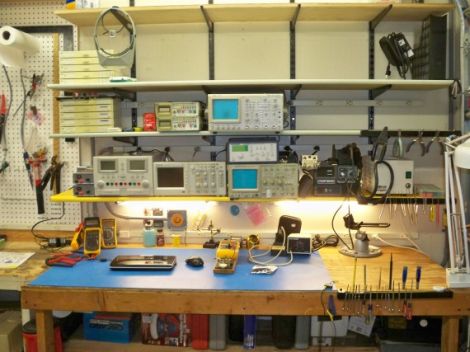
[Eric Gregori] sent in an article he wrote for EETimes to introduce the concepts behind computer vision to the masses. As a nice little bonus, [Eric] included a VMware image containing Ubuntu and all the packages and examples necessary to write your own OpenCV apps.
There’s a ton of awesome stuff you can do with computer vision – from automated sentries to keep squirrels away, a kitchen that will tell you when to do the dishes, and automating blindness by mounting a laser on a face tracker, there’s a lot of unexplored territory in the area of computer vision.
Included in [Eric]’s VM image are a motion and line detection example app, an ‘optical flow’ example, and a face detection example. There’s enough here to make a few very interesting projects, so hopefully, [Eric]’s VM image and examples will get your next CV project up and running quickly.










Recent Comments